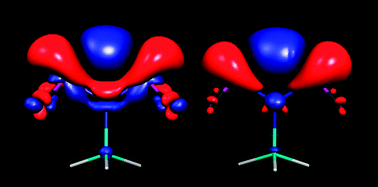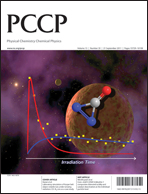Illumination of the effect of the overlap of lone-pairs on indirect nuclear spin–spin coupling constants†
Abstract
The effect of electron lone-pairs on the Fermi-contact (FC) contribution to indirect nuclear spin–spin coupling constants is analyzed using new tools for their interpretation. In particular, visualization of spin–spin coupling pathways using the coupling deformation density (CDD) has been employed. Furthermore, the recently developed perturbation-stable localization procedure has been applied for


 Please wait while we load your content...
Please wait while we load your content...